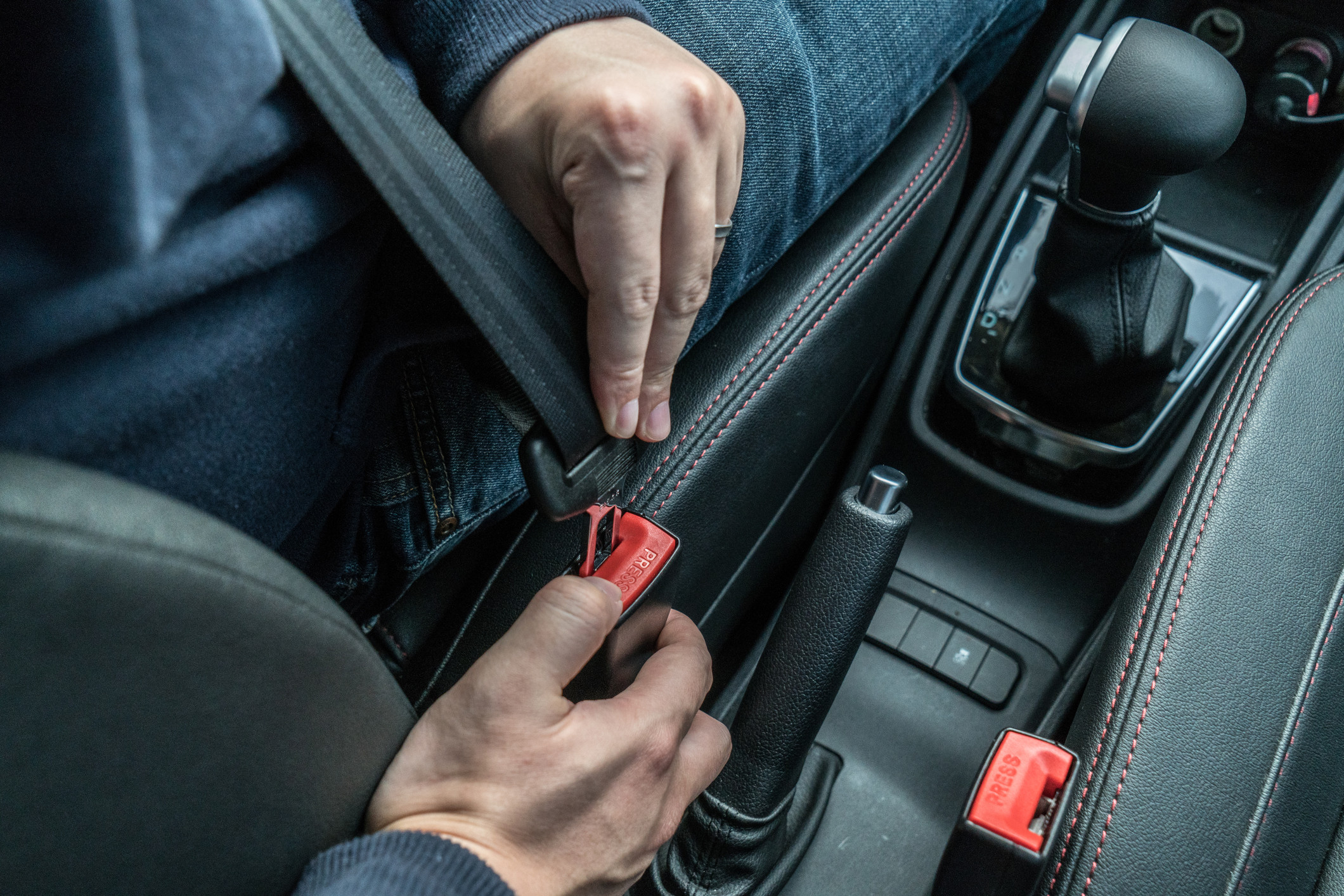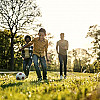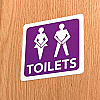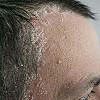Harvard Health Blog
Safe driving protects your brain

When it comes to protecting brain health, you may think about exercise, diet, or engaging in activities that challenge you. Yet most of us hop into the car to travel to work, do errands, go on vacations, or drive the kids' carpool as a matter of habit. But driving is a huge responsibility. One miscalculation on your part or the part of another driver and the results could be disastrous. Staying safe in the car not only protects your body, but also your brain. Follow these common-sense tips and recommendations, understand the law, and never take chances.
Safe driving means never drive if you are feeling woozy, overtired, or can't see properly
Perhaps your young child has kept you awake for most of the night, and you can tell as you prepare your morning cup of coffee that you are shaky and slow. This is a good day to use public transportation (maybe you can catch a brief nap if you can grab a seat), call a friend for a ride, or use Lyft. Think about backup options for travel, and remember that being green means cutting down on your carbon footprint. If you have a long commute each day, maybe you can arrange a carpool with coworkers.
Always wear your seatbelt — and think about car "ergonomics"
A favorite story is that of a former surgeon general who tapped a taxi driver on the shoulder, and said "Sir, if you don't buckle your seatbelt, I cannot proceed with this ride." This should motivate us all to make sure that when we are passengers, the driver is wearing a seatbelt too. Modern cars have features to bolster safety, but they only work if you use them. Sit in your car while it's in the driveway. Make sure the headrest as at the right height. Make sure you are close enough to reach the pedals and the wheel, but not right on top of it.
Think "defensively." If the car stopped suddenly to avoid a crash, would your knees smash into the console? And most importantly, would your head be protected? A rapid forward-and-back head movement can bruise your brain, even without direct impact. In the case of a rear-impact collision, the brain accelerates forward and then bounces back against the skull. Even a minor accident can trigger headache and neck pain that need time and rest to recover from. So, make sure you're positioned properly in your car, and if you share with a family member, be sure to readjust for each driver.
Kids must be buckled in the right car seat
It goes without saying that children should be carefully strapped into the proper size car seats, in the back seat of the car, and once they're not babies, taught to behave calmly in the car. On long rides, car games and songs can make the time pass safely and are distracting and entertaining. Animals should be safely strapped in as well. Remember that in the event of a crash, an unrestrained pet is a projectile that can propel forward, hitting another passenger or the driver and potentially worsening a bad situation. Teach car safety starting with the youngest children and never put your foot on the gas unless everyone is safely strapped in.
What about a loss of consciousness or a seizure?
Here is where it gets tricky. Every state has different rules for when people who have experienced these situations are allowed to drive again. (Massachusetts says six months without another loss of consciousness event, such as a faint or seizure.) Your doctor must tell you this and must document that he or she has done so, but then you are responsible for reporting this to the Registry of Motor Vehicles. If your doctor is worried that you represent an ongoing danger, then he or she must follow up. Most people understand the risk of driving if there is a chance of a serious medical event, but because we all rely on our cars, it can be life-changing to be told that you are not able to drive for a certain amount of time. Think creatively about alternatives, such as carpools and public transportation. Again, if you have a seizure and lose consciousness while driving, you're endangering not just yourself and your passengers, but every other car on the road.
Have a plan in case of an accident
Here are a few things to remember in the event of a fender-bender:
- Take photos with your phone of your car, and anyone else's car involved.
- Take a photo of the other driver's car insurance and license if you are able to as well.
- Make notes of exactly what happened and contact the police to file a report immediately if you are not injured.
- If you have any injury, please seek medical evaluation immediately. Sometimes, neck pain and headache will not start until the day after an accident. Check in with your PCP, who may recommend ice, medication such as ibuprofen, or further evaluation based on your symptoms.
The bottom line on safe driving
Remember, a car is a large and dangerous machine. It's only as safe as the person driving. Speeding and tailgating have no place on the road. One moment of miscalculation can have lifelong consequences. Protect your brain — and everyone else's brain on the road — by driving with your seatbelt buckled, and safety and good judgement — not speed — propelling your drive.
About the Author

Carolyn A. Bernstein, MD, FAHS, Contributor
Disclaimer:
As a service to our readers, Harvard Health Publishing provides access to our library of archived content. Please note the date of last review or update on all articles.
No content on this site, regardless of date, should ever be used as a substitute for direct medical advice from your doctor or other qualified clinician.















